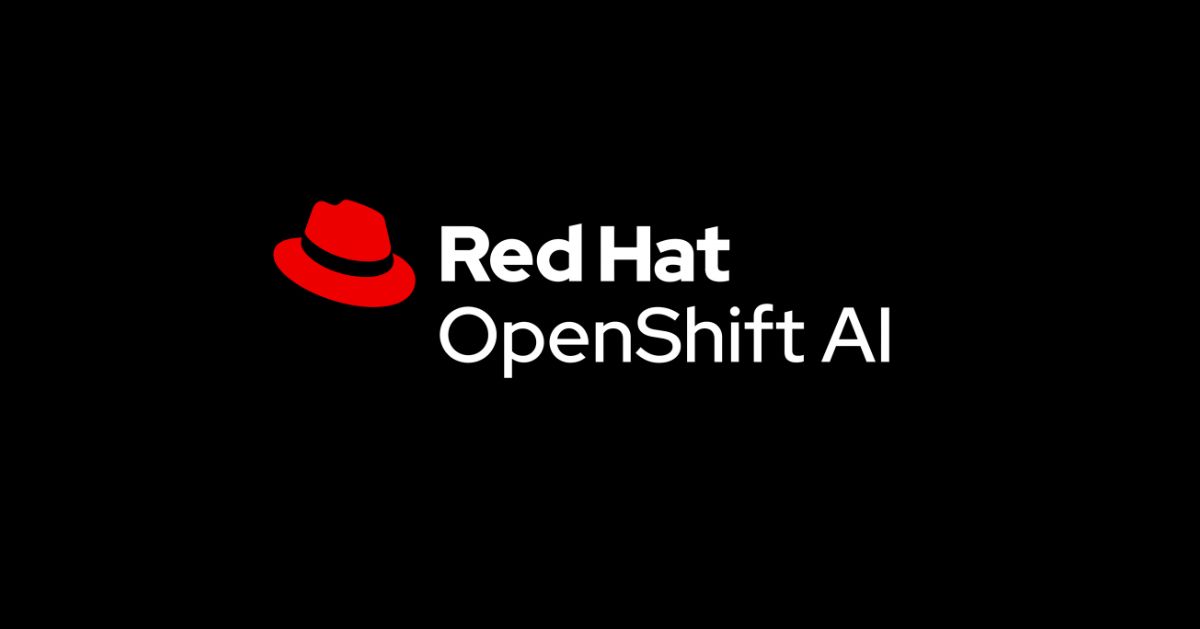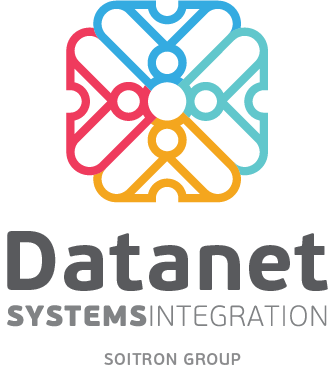Artificial intelligence is experiencing an unprecedented wave of accelerated adoption across the business landscape. According to McKinsey’s State of AI 2025 report, 78% of companies are already applying AI in at least one business function—up significantly from just 55% in 2023. This surge reflects not only the growing appetite for innovation but also the increasing pressure to embed AI as a core component of everyday operations.
Yet, the journey from strategy to execution remains complex. McKinsey’s Superagency in the Workplace 2025 study highlights the gap: while 92% of organizations plan to increase their AI investments over the next three years, only 1% of executives believe their company has achieved the maturity required to fully integrate AI into workflows and consistently capture value. In addition, 47% of senior leaders acknowledge that GenAI application development is advancing too slowly—even though 69% of organizations began investing as early as last year. (source McKinsey).
The key to accelerating this transition lies in IT infrastructure. To operationalize AI at scale, organizations need flexible platforms for orchestration and virtualization. Technologies like Kubernetes and Docker, coupled with multi-cloud and hybrid environments, enable containerized applications, rapid deployment, auto-scaling, and intelligent load balancing. But infrastructure alone is not enough. Modern AI initiatives also require MLOps capabilities—robust data pipelines, lifecycle model management, version control, and seamless integration with business applications. Equally critical is a strong foundation of data security and governance, ensuring end-to-end encryption, strict access controls, and compliance with regulations such as GDPR and NIS2.

To help organizations overcome these challenges, Datanet Systems recommends Red Hat OpenShift and Red Hat OpenShift AI – globally recognized platforms for container orchestration and AI application management. Through its partnership with Red Hat, Datanet now brings these proven technologies to enterprises in Romania, empowering them with the infrastructure and capabilities needed to accelerate AI adoption, scale innovation, and unlock business value faster.
Step One: Virtualization with Red Hat OpenShift
Powered by Kubernetes, Red Hat OpenShift has become the containerization platform of choice for enterprises worldwide, with more than 3,000 organizations already relying on it. One of the key differentiators is its unified management of both containers and virtual machines (VMs), which enables organizations to simplify application deployment and lifecycle management across hybrid and multi-cloud environments—while ensuring built-in security and governance.
Enterprises consistently report that OpenShift accelerates container orchestration, streamlines the migration of traditional workloads to modern AI/ML stacks, and automates development, deployment, and operations. The result: greater scalability, consistency, and performance—whether in the cloud, on-premises, or at the edge.
Red Hat OpenShift Virtualization at a glance:
- Unified infrastructure – Manage VMs, containers, and bare-metal/serverless workloads on a single platform, reducing fragmentation and complexity.
- Application modernization – Transform legacy applications into microservices and containers using integrated, enterprise-ready tools.
- Consistent operations everywhere – Deploy and run workloads seamlessly across physical servers, edge sites, and public clouds.
- Self-service agility – Empower teams to provision secure, compliant VMs instantly without IT ticketing delays.
- CI/CD integration – Incorporate VMs directly into DevOps pipelines, accelerating application delivery.
- Enterprise-grade virtualization – Benefit from KVM, a secure, high-performance, open-source hypervisor.
- High availability at scale – Boot thousands of VMs (up to 3,000) in near-linear time to keep mission-critical applications always available.
- Zero-downtime mobility – Move workloads between hosts with live VM migration to maintain business continuity.
- Security and resilience – Ensure workload isolation, enforce consistent policies, and leverage automated backup and restore to minimize business risk.
Scaling Innovation with Red Hat OpenShift AI
Building on this foundation, the next evolution is Red Hat OpenShift AI—a comprehensive platform designed to simplify the development, training, and deployment of AI models at scale. Whether deployed on-premises or in hybrid cloud environments, OpenShift AI provides the security, automation, and operational consistency enterprises need to move from experimentation to production.
At its core, the platform emphasizes MLOps, delivering an end-to-end lifecycle for AI: from data collection and preprocessing to model training, validation, deployment, and continuous monitoring.
Key Capabilities of Red Hat OpenShift AI:
- Collaborative development environments for data exploration, model training, and fine-tuning.
- Production-ready model serving and routing to ensure reliability at scale.
- Centralized monitoring of model accuracy, drift, and performance.
- Visual pipeline design for simplified orchestration of data and model workflows.
- Distributed workload optimization to process data, train models, and scale deployments efficiently.
By embedding MLOps into the enterprise workflow, OpenShift AI automates testing, retraining, and deployment, while fostering collaboration across data science, ML engineering, and IT operations. Integrated CI/CD pipelines, combined with real-time monitoring, help organizations detect model drift, ensure compliance, and maintain governance. In essence, OpenShift AI closes the gap between prototyping and production—delivering scalability, reliability, and faster time-to-value.
OpenShift AI also natively supports GPU management, enabling enterprises to maximize performance for even the most demanding AI workloads. Leveraging the NVIDIA GPU Operator and Node Feature Discovery (NFD) Operator, the platform automatically configures GPU drivers, labels nodes, and integrates GPU scheduling directly into Kubernetes. Advanced capabilities such as NVIDIA Multi-Instance GPU (MIG) and Dynamic Accelerator Slicer further enhance efficiency by securely partitioning GPUs and dynamically allocating resources based on workload demand. This ensures optimized performance, improved ROI on GPU investments, and the flexibility to scale AI workloads across diverse environments.
Why Red Hat OpenShift AI
Red Hat OpenShift AI is available both as a traditional software platform and as a fully managed cloud service, supporting the most widely used GenAI models. Organizations can fine-tune these pre-trained models with their own data, creating AI solutions tailored to their unique business needs.
OpenShift AI delivers significant advantages for enterprises looking to scale AI initiatives:
- Accelerates time-to-value – enables teams to move rapidly from prototypes to operational AI applications using a unified interface and a complete set of tools for model development, training, deployment, and monitoring.
- Flexible deployment – run models on-premises, in public clouds, or at the edge, with no vendor lock-in.
- Optimized infrastructure and costs – efficiently handles complex workloads, reducing the time, compute, and operational costs of training, serving, and managing AI and GenAI models.
- Streamlined resource management – automates pipelines, optimizes inference with engines like vLLM, and scales infrastructure dynamically to meet demand.
- Enterprise-grade security and compliance – supports AI/ML workloads across environments while adhering to organizational policies and regulatory requirements.
- Simplified model serving – offers multiple frameworks for deploying predictive ML models into production efficiently.
- Distributed workloads for efficiency – accelerates data processing, model training, tuning, and serving at scale.
- Performance benchmarking – evaluate models using recognized industry standards to ensure reliability and quality.
- Centralized AI model governance – manage, version, deploy, and track models, including metadata and artifacts, all from a single platform.
Datanet Systems and Red Hat: A Partnership That Delivers
Earlier this year, Datanet Systems became a Red Hat Premier Partner, the highest level of partnership, backed by a certified team which includes 5 Red Hat Sales Specialists, 2 Red Hat Sales Engineers and 2 Red Hat Delivery Specialists, for each certified competency. This expertise enables us to guide organizations through the entire project lifecycle—from proof-of-concept to architecture, deployment, and ongoing operations.
With more than 50 certified engineers across multiple technologies, Datanet ensures seamless integration of Red Hat solutions into complex IT environments. Together with Red Hat, we help organizations in Romania accelerate AI adoption and unlock the agility, scalability, and security needed to succeed in the digital era. For more information, contact us at sales@datanets.ro.
 NOC Datanet – Advanced Services...
NOC Datanet – Advanced Services...
